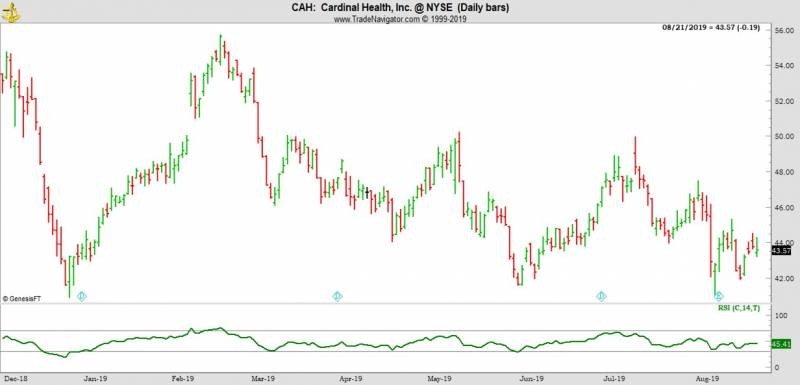Trading Educators Blog
Relative Strength Index
The Relative Strength Index (RSI) is a momentum indicator that measures the magnitude of recent price changes to analyze overbought or oversold conditions. It is primarily used to attempt to identify overbought or oversold conditions in the trading of an asset.
Traditional interpretation and usage of the RSI is that RSI values of 70 or above indicate that a security is becoming overbought or overvalued, and therefore, may be primed for a trend reversal or corrective pullback in price. An RSI reading of 30 or below is commonly interpreted as indicating an oversold or undervalued condition that may signal a trend change or corrective price reversal to the upside.
RSI is a fixed parameter index. By fixed parameter I mean that scale of values is fixed at zero to one hundred. The problem with fixed parameter indices is that once price begin trending, they no longer give an accurate representation of overbought or oversold. The only valid use of an indicator such as RSI is when prices are moving sideways in a trading range, or moving upwards or downwards very slowly, so that overall the movement is sideways, but slowly making higher highs and higher lows, or lower highs and lower lows.
Please do not confuse the RSI with a study of the relative strength of one stock in a sector with another stock in the same sector. Relative strength, can also viewed as the strength of a single stock against the value of the entire sector. For example, the strength of Cardinal Health (shown above) against a sector ETF (XLV). More about this kind of relative strength in a future issue of Chart Scan.




